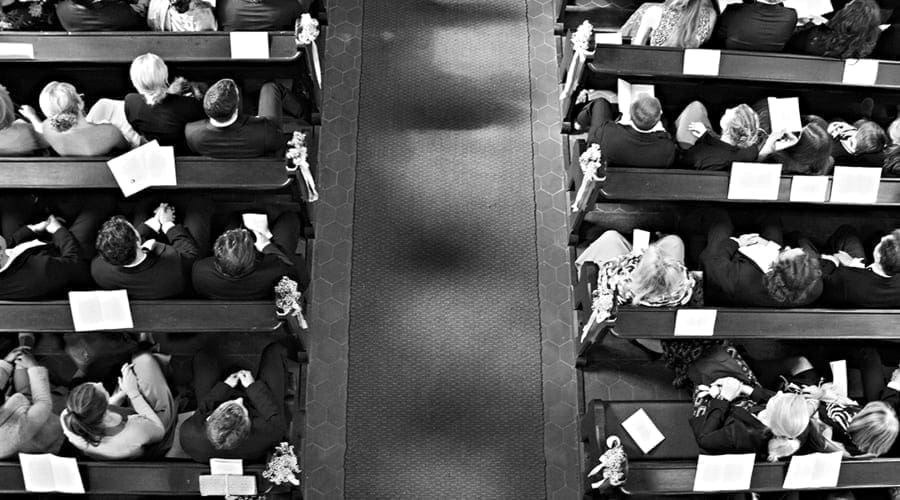A downward trajectory continues to be observed in U.S. religious affiliation and engagement, according to a Pew Research Center Report published Oct. 17.
Over the past decade, the percentage of U.S. adults who identify as Christian has declined every year (save for 2012-13, when it remained stable at 73%) – moving from 77% affiliation in 2009 to 65% in 2018-19.
Protestant affiliation declined from 51% in 2009 to 43% in 2018-19, while Catholic affiliation dropped three points to 20%.
During this same period, non-Christian faith affiliation has remained largely stable (fluctuating between 5% and 7%), while religiously unaffiliated respondents have increased nine percentage points to 26%.
Among the unaffiliated, respondents identifying as atheist increased two points to 4% and agnostics rose two points to 5% from 2009 to 2018-19, while those identifying as “nothing in particular” rose five points to 17%.
“The changes underway in the American religious landscape are broad-based,” the report said. “The Christian share of the population is down and religious ‘nones’ have grown across multiple demographic groups: white people, black people and Hispanics; men and women; in all regions of the country; and among college graduates and those with lower levels of educational attainment.”
Similar trends were observed regarding religious service attendance, with the percentage of U.S. adults saying they attend a service at least monthly falling from 52% in 2009 to 45% in 2018-19, while those attending a few times a year or less increased from 47% to 54%.
Christian affiliation increases by age, while respondents identifying as unaffiliated decreases with age.
Among millennials (born 1981-96), 49% identify as Christians and 40% as unaffiliated in 2018-19.
By comparison, affiliation among Generation X (1965-80) was 67% and 25%, respectively; among baby boomers (1946-64) 76% and 17%, respectively; and among the Silent Generation (1928-45) 84% and 10%, respectively.
Non-Christian faith affiliation was more consistent across the generations, seeing only a 5% difference from the oldest to youngest: millennials (9%); Gen X (6%); baby boomers (6%); Silent Generation (4%).
It’s not all bad news for religion in the U.S., however.
Religious service attendance among Christians is largely stable. In 2009, 46% of Christians reported attending weekly, 17% monthly and 19% a few times a year.
By comparison, in 2018-19, 44% said they attended weekly, 18% monthly and 20% a few times a year.
“In other words, the nation’s overall rate of religious attendance is declining not because Christians are attending church less often, but rather because there are now fewer Christians as a share of the population,” the report said.
In addition, other Pew reports have noted that the U.S. is an outlier when it comes to religious affiliation among nations outside sub-Saharan Africa and Latin America, as well as an exception among wealthier nations when it comes to prayer.
The full report is available here. The data tables are available here.


